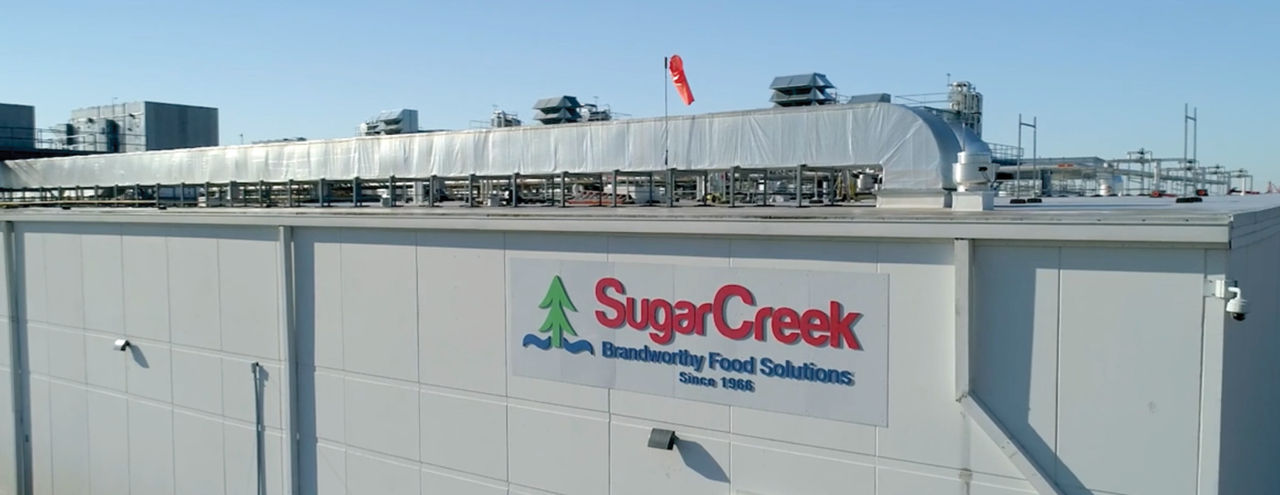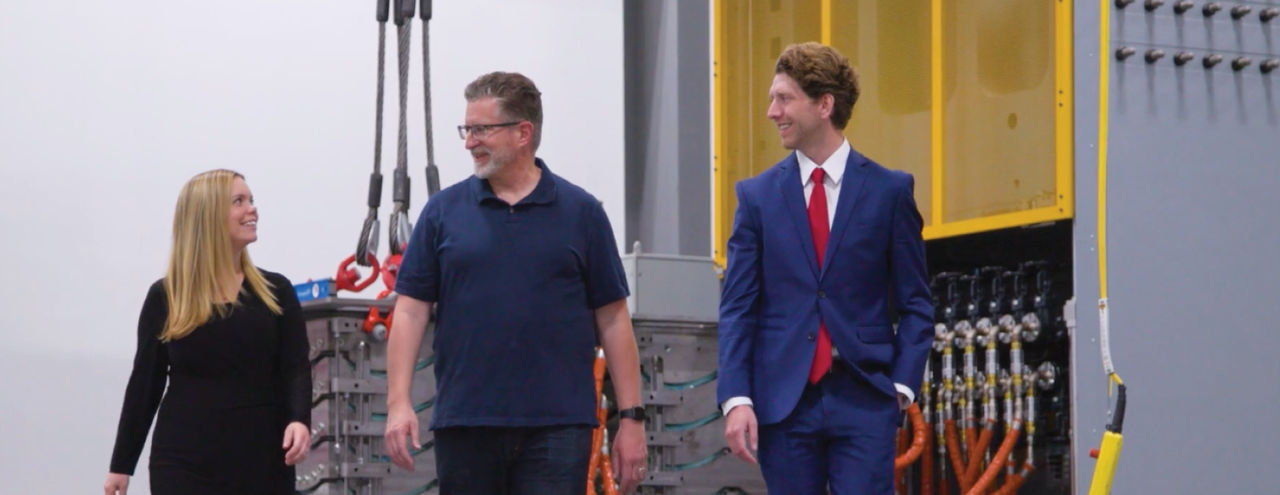Whether you are a business executive looking to invest in new equipment or a vendor seeking financing options for your clients, you can leverage flexible financing through First American to achieve your goals.
Overview of Tax Methodologies
There are three sales tax collection methods for equipment leasing in the U.S.: On Stream (also known as "Rental Stream"), Upfront on Cost, and Upfront on Sum of Receipts. The method applied depends on both the lease structure and state regulations for where the equipment is located. Here's a breakdown of each:
1These lease structures are commonly associated with each methodology but may not encompass all possible scenarios.
Tax Methodologies by State
Much like other tax codes in the U.S., sales tax methodologies for leased equipment vary by state. No matter which methodology applies, sales tax rates are based on where the equipment is physically located.
Full List of States by Lease Structure and Tax Methodology
FMV and Fixed Purchase Option Leases
Alabama, Arkansas, Arizona, California, Colorado, Connecticut, District of Columbia, Delaware, Florida, Georgia, Hawaii, Iowa, Idaho, Illinois, Indiana, Kansas, Kentucky, Louisiana, Massachusetts, Maryland, Maine, Michigan, Minnesota, Missouri, Mississippi, North Carolina, North Dakota, Nebraska, New Mexico, Nevada, New York, Oklahoma, Pennsylvania, Rhode Island, South Carolina, South Dakota, Tennessee, Texas, Utah, Virginia, Vermont, Washington, Wisconsin, West Virginia, Wyoming
New Jersey, Ohio
$1 Buyout Leases
Colorado, Delaware, Illinois, Missouri, North Dakota, Pennsylvania, South Carolina, South Dakota
Alabama, Arkansas, California, Idaho, New York, Ohio
Arizona, Connecticut, District of Columbia, Florida, Georgia, Hawaii, Iowa, Indiana, Kansas, Kentucky, Louisiana, Massachusetts, Maryland, Maine, Michigan, Minnesota, Mississippi, North Carolina, Nebraska, New Jersey, New Mexico, Nevada, Oklahoma, Rhode Island, Tennessee, Texas, Utah, Virginia, Vermont, Washington, Wisconsin, West Virginia, Wyoming
No Sales Tax on Lease Contracts
Alaska2, Delaware3, Montana, New Hampshire, Oregon
2Some cities/counties in AK assess sales tax, but there is no state-level jurisdiction
3Delaware has a gross receipts tax instead of a sales tax (charged on applicable lease payments)
Reflects tax methodologies as of January 1, 2025, including upcoming changes in Maine and Illinois.
Sample Tax Calculations
The following examples illustrate how various tax methodologies impact overall tax liability. Each scenario represents a 36-month lease for equipment valued at $500,000 in a state with a 10% sales tax rate. Monthly payments are calculated based on standard leasing terms reflecting a rate of 0.0321.
4Assuming tax is financed into the lease. Amounts may vary based on individual lease agreements and local regulations.
Understanding tax liability in U.S. equipment financing is essential for optimizing lease strategies and effectively managing overall tax obligations. By exploring how lease structures and tax methodologies impact tax liability, organizations can make more informed decisions.
First American Equipment Finance, an RBC/City National Bank company, offers tailored guidance for businesses financing equipment and technology—whether operating in the U.S. or abroad. Connect with us today to learn more about our services.
About the Contributor

Alexa Courtney
VP, Sales & Property Tax
Alexa performs tax accounting activities at First American. Her mission is to provide reliable and accurate sales tax and personal property tax information to clients, while administering all tax reporting responsibilities in a timely manner.
This has been prepared for informational purposes only and is subject to change at any time without notice. It is not intended to be used as tax, legal, or accounting advice. Consult with a tax, legal, or accounting professional for guidance.












